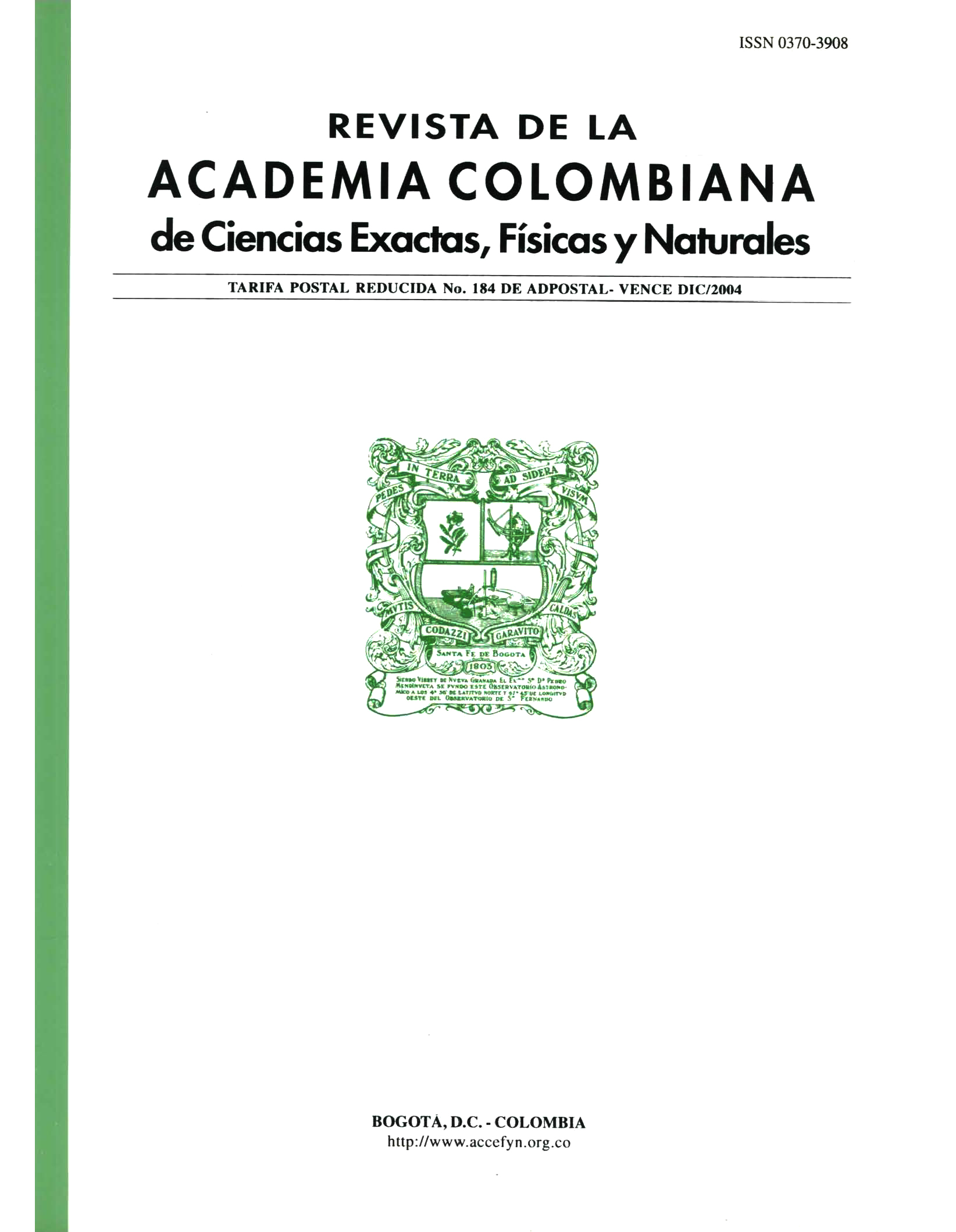Resumen
Para modelar la propagación de ondas en un medio, se utilizan fronteras artificiales para eliminar las reflexiones en los límites del dominio computacional finito. Diversos enfoques han logrado atenuar parcialmente estas señales no deseadas. La implementación de capas perfectamente acopladas (PML) elimina estas reflexiones en un medio continuo. El uso de métodos de diferencias finitas o elementos finitos requiere un modelo discretizado espacialmente, lo que da lugar a remanentes de tales reflexiones. Reducir el tamaño de la rejilla resulta en la atenuación de las reflexiones pero aumenta el consumo de recursos computacionales. En este trabajo se presentan los resultados al introducir una función de atenuación a la solución mediante PML en la zona de absorción, logrando una atenuación satisfactoria sin aumentar significativamente el uso de recursos computacionales. Las simulaciones se realizaron utilizando diferencias finitas, tanto en modelos simples de capas planas con buzamiento como en modelos con una mayor complejidad estructural.
Referencias
Basu U. & Chopra A. 2003. Perfectly matched layers for elastic waves and applications to earthquakes analysis of dams. 16th ASCE Engineering Mechanics conference. University of Washington, Seattle.
Berenger, J. P. 1994. A Perfectly Matched Layers for the absorption of Electromagnetic waves. J. Comput. Phys. 114: 185-200
Berenger, J. P. 1996. Three-dimensional perfectly matched layers for the absorption of electromagnetic waves. J. Comp. Phys. 127: 363-379.
Cêrjan, C., Kosloff, D., Kosloff, R., & Reshef, M. 1985. A Nonreflecting Boundary Condition for Discrete Acoustic and Elastic Wave Equations. Geophysics. 50: 705-708.
Chew W. & Liu Q. 1996. Perfectly matched layers for elastodynamics: a new absorbing boundary condition, J. Comp. Acoust. 4: 341-359.
Chew W. & Weedon W.H. 1994. A 3D perfectly matched medium from modified Maxwell ́s equations with stretched coordinates. Microw. Opt. Technol. Lett. 7: 599-604.
Clayton R. & Engquist B. 1977. Absorbing boundary conditions for acoustic and elastic wave equation. Bull. Seism. Soc. Am. 67: 1592-1450.
Festa G. & Nielsen S. 2003. PML absorbing boundaries. Bull. Seism. Soc. Am. 93: 891-903.
Liu Q. H. 1997. An FDTD algorithm with perfectly matched layers for conductive media: Opt. Technol. Lett. 14: 134-137.
Malaver L. & Montes L. 2005. Elastic approach to remove surficial waves from shot gathers, Earth. Sci. Res. J. 9 (1): 12-22.
Montes L., Quintana R., Céspedes R., Espíndola N., Salinas T. & Pérez G. 2003. Attenuation of the seismic dispersion associated to foothills topography, CT&F, 2 (4): 7-12.
Sarma G., Mallik K. & Gadhinglajkar V. 1998. Non-reflective boundary condition in finite-element formulation for an elastic wave equation. Geophysics, 63 (3): 1006-1016.
Zeng Y. J. & Liu Q. 2001. The application of the perfectly matched layer in numerical modeling of wave propagation in poroelastic media. Geophysics 66: 1258-1266.

Esta obra está bajo una licencia internacional Creative Commons Atribución-NoComercial-SinDerivadas 4.0.
Derechos de autor 2023 https://creativecommons.org/licenses/by-nc-nd/4.0

